Seed storage question
Rebecca/N. IN/z6A
4 months ago
Related Stories

ORGANIZINGPre-Storage Checklist: 10 Questions to Ask Yourself Before You Store
Wait, stop. Do you really need to keep that item you’re about to put into storage?
Full Story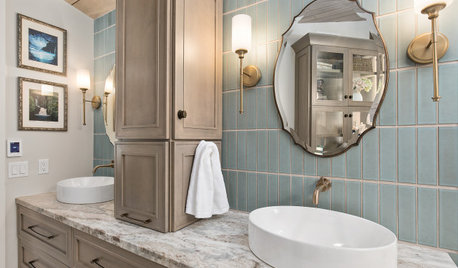
BATHROOM STORAGEQuestions to Ask Yourself When Planning Bathroom Storage
Create better bathroom organization by considering these questions at the start
Full Story
KITCHEN DESIGN9 Questions to Ask When Planning a Kitchen Pantry
Avoid blunders and get the storage space and layout you need by asking these questions before you begin
Full Story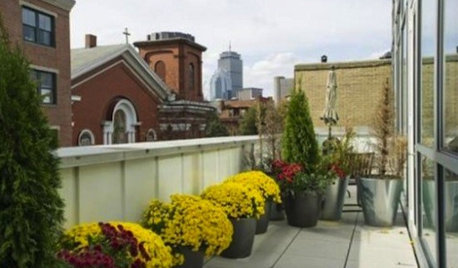
5 Questions for Design Stars
Add Your Ideas for Outdoor Storage, Cheering Up a Fireplace and More
Full Story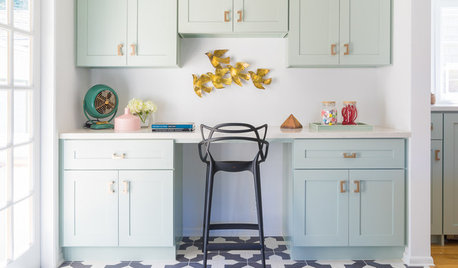
ORGANIZINGAsk These 8 Questions to Get Your Family Organizing Station Right
Households can run better when they have a central organizing hub. Is yours set up well for your family?
Full Story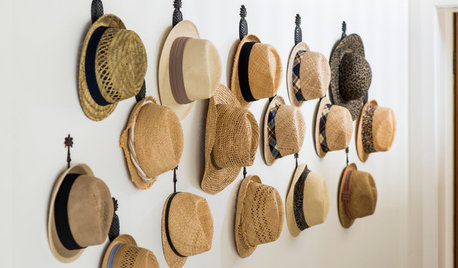
STORAGEHat Storage: Don’t Get Bent Out of Shape
From boxes to hooks, we look at ways to keep your lid on straight in time for summer hat season
Full Story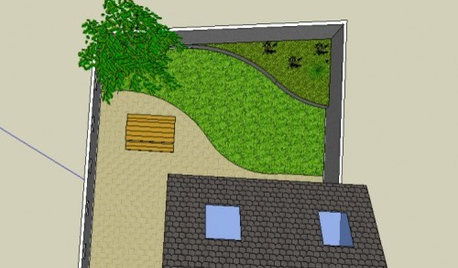
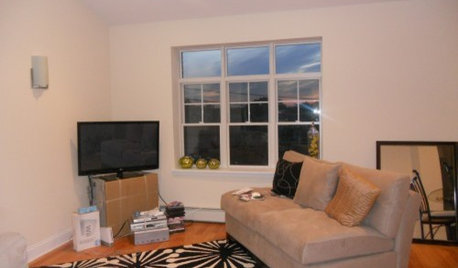
5 Questions for Design Stars
Houzz Members Need Your Help With This Week's Design Dilemmas!
Full Story0

ORGANIZING4 Questions to Help You Organize Your Favorite Photos
Organize your keeper photos with a system that's just right for you, whether it's in the cloud or you can hold it in your hand
Full Story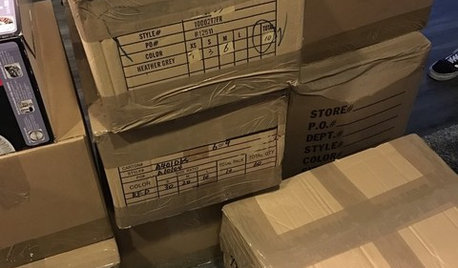
STORAGEA Guide to Self-Storage: Packing Tips
Find out how to load your mini storage unit safely and efficiently, and remember to document the contents
Full StorySponsored
Columbus Design-Build, Kitchen & Bath Remodeling, Historic Renovations






zeedman Zone 5 Wisconsin
Related Professionals
Surprise Landscape Architects & Landscape Designers · Edmond Landscape Contractors · Tempe Landscape Contractors · Cambridge Landscape Contractors · Kaneohe Landscape Contractors · Salem Landscape Contractors · Seymour Landscape Contractors · South Hackensack Landscape Contractors · St. Louis Landscape Contractors · Waipahu Landscape Contractors · Wickliffe Landscape Contractors · North Aurora Landscape Contractors · Ansonia Landscape Contractors · Westfield Roofing & Gutters · Hull Roofing & Gutters